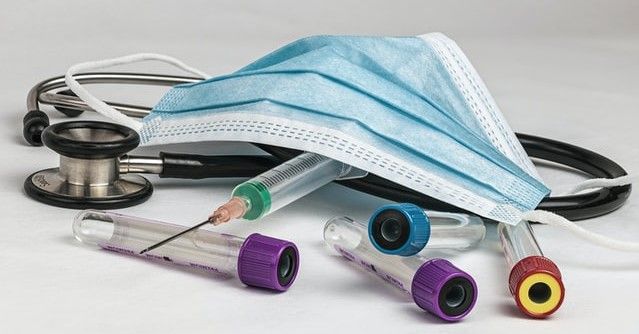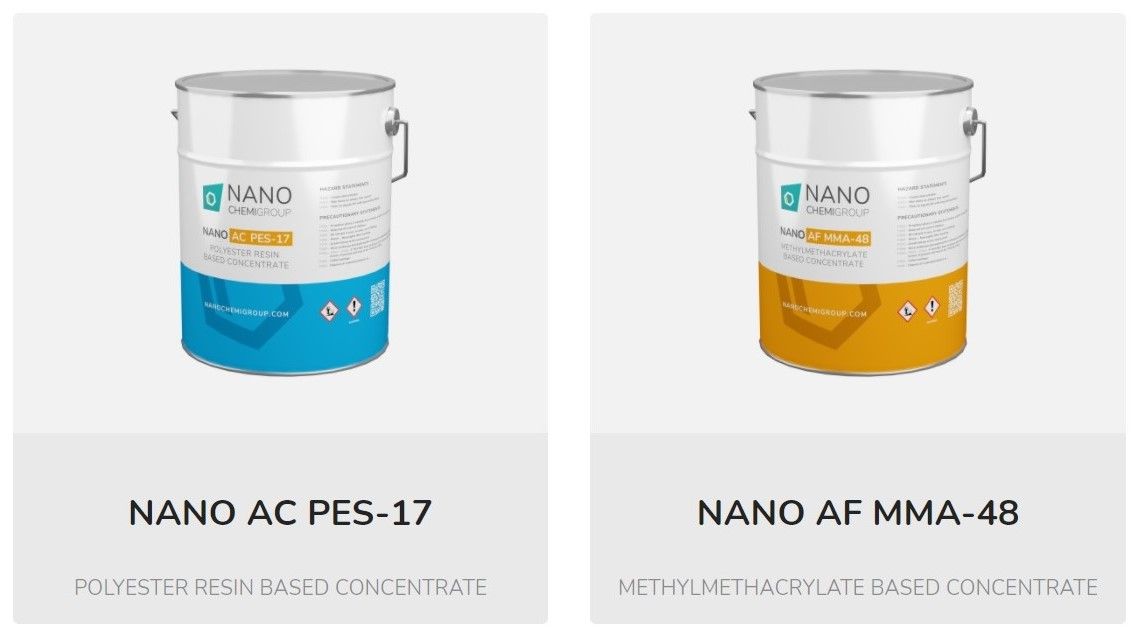Nanomaterials are changing many things in many industries.
Computers are being made ever-smaller and yet still more powerful, less fertilizer and pesticide is being wasted, coatings are being made scratch resistant, solar panel efficiency is being improved, rubber is being made more durable, and medicines can now target specific body parts.
Yet of all the industries being affected, perhaps the biggest changes are happening in plastic production.

Plastic’s popularity has always been based on its three main advantages: strength, low cost, and versatility.
This combination has allowed it to be used for packaging something as cheap as milk or as fragile as eggs. It is strong enough to protect something as delicate and expensive as a mobile phone, yet cheap enough to make a single use product. Due to its low weight, it can be used in weight sensitive constructions, such as the interior of an aeroplane, yet it is also durable enough to be used for something as sturdy and robust as a window frame.
From car parts to carpets, from syringes to sofas, plastic is versatile enough to be used everywhere.
However, today, nanomaterials are able to take plastic’s three key properties to the next level.

Nanomaterials can Add Strength
For their small size, nanomaterials can be incredibly strong.
At its extremes, researchers from MIT have developed nanomaterials which are, “as light and sparse as aerogel,” yet still retain, “a mechanical stiffness that's comparable to that of solid rubber, and 400 times stronger than a counterpart of similar density. Such samples can easily withstand a load of more than 160,000 times their own weight.”
For practical uses, the increased strength to weight ratio of composites using nanomaterials mean that they are often applied in the manufacture of advanced structures, such as wind turbine blades, military hardware, or aircraft components.
Elsewhere, plastics combined with nanotechnology have been able to increase shock absorbency in motor bike helmets or have been used in sound proofing materials.
But as nanomaterial prices have dropped, so the number of plastics that have begun employing nanotechnology have grown.
This means that many products that require added strength have included nanomaterials as a raw material. Products such as car parts, packaging, plastic films, and even synthetic textiles often combine nanomaterials in the plastic.

Nanomaterials can Lower Costs
Because nanomaterials can provide many properties they are also used to replace other materials, and this can make a crucial difference to a product’s ultimate cost.
· Nanomaterials may be able to perform the same task as a bulk material but at a lower cost.
· Because of their incredibly low loading volume (a PC granulate may contain as low as 0.12% carbon nanomaterial) using nanomaterials may reduce delivery costs.
· Nanomaterials can lower application and production times, for example by reducing how long a polymer takes to cure.
· They can give materials lower melting points, and so lower energy bills.
· By reducing heating and curing times, labour costs can also be reduced.

Nanomaterials can Increase a Product’s Versatility
Nanomaterials are making plastics even more versatile by giving them additional properties.
For example, nanotechnology can now provide polymers with electromagnetism, chemical resistance, anti-microbial properties, ultraviolet protection, electroconductivity, boosted strength, abrasion resistance, and/or thermal conductivity.
In this way, a plastic being used in an extreme environment can be given better chemical resistance, a polyester resin can be given increased electrical conductivity and abrasion resistance, or any of countless plastic products used in hospitals and food preparation areas can be given antimicrobial properties.
At the same time, due to nanomaterial’s low weighting as a raw material, they can be employed without impacting a polymer’s original properties.

NANO CHEMI GROUP are experts in combining plastic production and nanotechnology.
The company (which hosts this website) works closely with European research institutes, focusing on the development and production of solutions based on nanomaterials. Their work over the last five years has already borne fruit, as they are currently patenting carbon addition technologies and have received a European Union grant worth €650,000 to build a nanotechnology centre that will become operational later this year.

No one knows your plastic products better than you. Nor does anyone understand your customer demands or how to make your business grow as well as you do.
However, nanomaterials are changing the way plastic is being made and used. Providing unique selling points, improving performance, lowering costs, and giving greater versatility.
To find out more about how nanotechnology is empowering plastic manufacturing visit NANO CHEMI GROUP.
Photo credit: Pexels, Maria Tyutina, pexels, Screenpost, Myriam Zilles, Jeshoots, & NANO CHEMI GROUP
